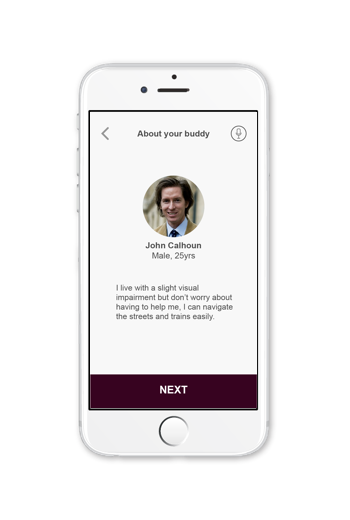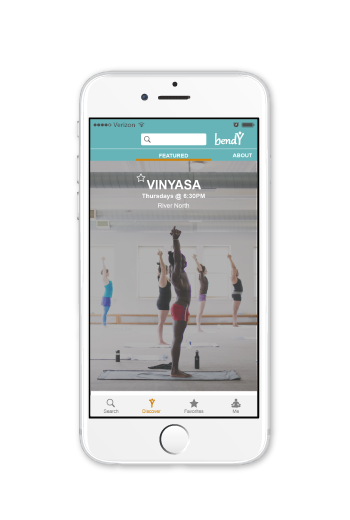Community will save public transportation
After focusing research on people with visual impairments, we found that fostering community was essential to both promoting independent living and mass use of public transportation.
Our Brief
Commuting across Chicago has expanded by way of connected services in recent years. On a weekday, the Chicago public transportation system services over 1 million rides across their buses and trains by which commuters check travel times and pay for fares through apps. The systmem is further enhanced through bike-sharing programs and ridesharing platforms. However, these services are disjointed preventing the commuter from taking full advantage of options available to them.
Our Approach
Historically, people with disabilities have been at a disadvantage when using transportation options. Innovations now or in the future would most likely fail to recognize the issues faced by these communities. Our team decided to understand transportation experiences of people with disabilities, specifically people with visual impairments, so that we could focus on a specific user's painpoints so that solutions might affect all users in the system.
Our Outcomes
It became clear that our solution would have to affect the transportation system indirectly through a community catalyst. From our research we developed design principles to guide us through ideation, concepts, and our final solution.

We interviewed users with visual impairments, employees in transportation services, and accessibility advocates in non-profits. Our team was overwhelmed with difficulties faced in the smallest of touchpoints including the transit card used for paying fares—users with visual impairments expressed frustration from the lack of tactile indicators on the card to distinguish front/back sides. From our data we created a journey map for a person with visual impairments commuting on the Chicago transportation system.
The most compelling insight was that users could get over physical barriers but they still faced societal barriers that inhibited independent living. Below were impactful quotes from our research:
"The bus driver will tell people to move sometimes which is great, but other times I will be unnoticed."
"You cannot grab me [to guide me] because I am blind."
"Give people as much information as possible so that they travel as independently as possible."
1) Foster community through personal interaction
2) Acknowledge the attitudinal barriers which lead to physical barriers
3) Promote independent living
From our principles we worked toward creating a platform that would seek to create community value by connecting people in their everyday commute. Public buses and trains bring people of all walks of life together but most of the time we keep to ourselves being glued to our screens. What if that same screen helped start a conversation between two or more people in that bus or train, how much could we learn from each other? This is the thinking behind Mobile Buddy.

Mobile Buddy
What if we gave commuters a tool that encouraged interaction with people on their commute to foster new perspectives through empathy?

How does it work?
Before leaving home for the commute, users will open Mobile Buddy and input the address of their destination.

Mobile Buddy will display available routes from users' current location to their destination including available Buddies for each route

After selecting a route, users will find a list of Buddies taking the same route they can choose from to meet up with

The selected Buddy's information will show up which may indicate disabilities and personal commuting preferences

If users select each other, a convenient location for both parties will be mapped and a passcode will be distributed. The passcode will be used to identify each other at their meeting spot

During their commute together, Mobile Buddy will display possible topics of conversation

At the end of their commute, users will be encouraged to continue the conversation by sending a message through Mobile Buddy
Value for...
Public Transportation: Creating community support for public modes of transportation by transforming how users interact in trains and buses
Users with Disabilities: Advocating for accessibility issues through empathy and promoting independent living


